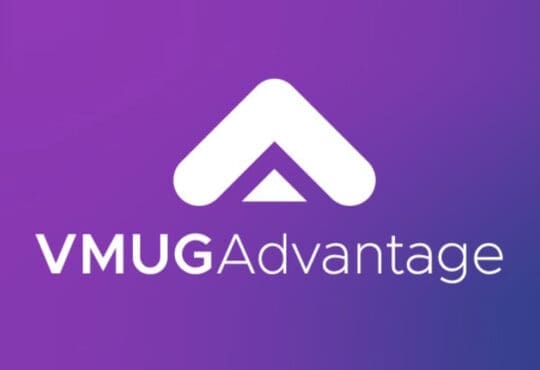Contents
How To Transition from vSphere to VMware Cloud Foundation
If you have a traditional vSphere environment and you wish to convert this into VMware Cloud Foundation, this article is for you.
One of the key components of VMware Cloud Foundation is the SDDC Manager. This virtual machine integrates all the automation and architecture necessary for VMware Cloud Foundation, making it a crucial element for managing and orchestrating the software-defined data center infrastructure.
Benefits of VMware Cloud Foundation
The integration of architecture, deployment, and automation transforms your existing vSphere environment into a public cloud-like experience within your private data center. This means that deploying infrastructure becomes automated, providing predictable and consistent outcomes. Whether you’re adding more hosts or another cluster, the automation driven by VMware Cloud Foundation’s SDDC Manager ensures uniformity and reliability in your environment.
One of the major benefits of VMware Cloud Foundation is its consistent architecture and infrastructure across your entire environment and all your sites. From the very beginning, VMware Cloud Foundation ensures this consistency with the SDDC Manager, providing a unified approach to managing your cloud infrastructure.
Lifecycle Management
The SDDC Manager includes a lifecycle management component that handles all the patching and upgrading of your VMware Cloud Foundation. This means your entire infrastructure stack, including ESXi hosts, vCenter Server, vSAN, and NSX management plane, is patched and managed through the SDDC Manager. By leveraging automation, it ensures consistency and provides a public cloud-like experience within your private data center, effectively transforming it into a full cloud environment.
Password Management
Another feature of the SDDC Manager that customers appreciate is password management. With this tool, you can manage the passwords for your entire infrastructure stack, including the ESXi root account, the SDDC Manager, and the vCenter Server. If a vSphere administrator leaves the organization or you need to rotate passwords for security reasons, VMware Cloud Foundation has you covered. The user interface of the SDDC Manager makes password changes quick and easy, allowing you to return to your regular administrative tasks without hassle.
Certificate Management
Another key component is certificate management, which is integrated into the SDDC Manager. This feature enables you to manage the SSL certificates of the software-defined data center, ensuring that all communications are secure.
How to Migrate to VMware Cloud Foundation
Having gained some understanding of Cloud Foundation, the next step is transitioning to it. How can we transform our current vSphere environment into VMware Cloud Foundation?
In this article, we will cover a quick overview of one migration option to Cloud Foundation.
Greenfield Deployment
To begin our greenfield deployment of VMware Cloud Foundation, we’ll set up a new environment and deploy four brand-new hosts. These hosts will form the management domain, which includes the SDDC Manager and a vCenter Server that creates its own new single sign-on domain.
The management domain in VMware Cloud Foundation houses all the essential management components. For smaller customers or those new to Cloud Foundation, it’s perfectly fine to run business applications within this domain. This i it’s fully supported. However, for larger customers, this domain is typically reserved for management components.
Connecting Your Existing Environment
To migrate your application virtual machines from an existing vSphere environment to VMware Cloud Foundation, you can use a tool called HCX, which is included with VMware Cloud Foundation.
Migration Options
Using HCX, we can perform a layer 2 network extension to convert your existing VLAN-backed port groups into software-defined networks. This allows for seamless migration without downtime. This process can be repeated until all application virtual machines are successfully moved to VMware Cloud Foundation.
Once you’ve drained your original hosts and freed up capacity, you can wipe and reprovision them within VMware Cloud Foundation, turning them into a workload domain. This process can be repeated to migrate all existing hosts to VMware Cloud Foundation, providing consistent infrastructure and architecture.
Third-Party Storage Support
Do you have third party storage that you already use? For example, fiber channel or NFS? There is good news! You can still use it with VMware Cloud Foundation. You can add your old storage to VMware Cloud Foundation’s management or work areas. This way, your applications can keep using what you already have.
And that’s it. This overview describes the basics of Cloud foundation and how you can think about converting your existing vSphere environment into VMware Cloud Foundation.
Be sure to subscribe to my mailing list for more articles like this.





